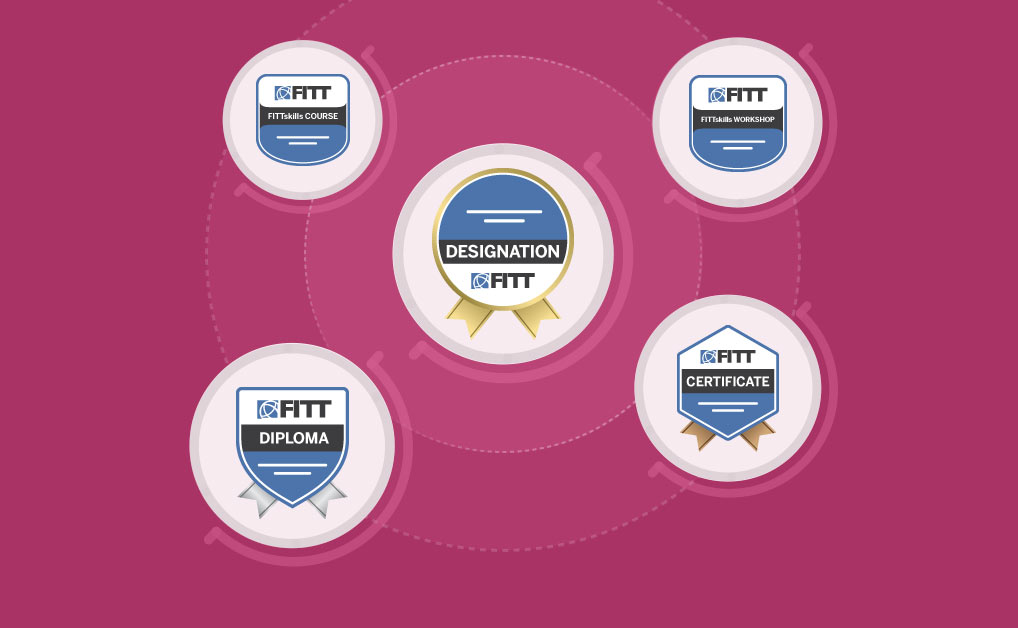 The company you work with can have the right product, at the right price, and the perfect international business plan. But to succeed globally, the greatest asset you can provide your employer is the right skill set to help your company grow in international markets.
The company you work with can have the right product, at the right price, and the perfect international business plan. But to succeed globally, the greatest asset you can provide your employer is the right skill set to help your company grow in international markets.
For companies, particularly SMEs, developing international business savvy among their most important asset – the people who work within their international business functions – is critically important.
This is because it is often these professionals who have more of a strategic role in the organization, and who make decisions that affect the ways the company invests, how it grows, and how it competes.
These international trade practitioners tend to be the drivers of growth, rather than a factor in supporting growth.
Working within the global marketplace demands expertise in international trade.
Today more than ever, moving goods and services across international borders requires a unique set of skills and knowledge, in addition to the essential skills required to run a business.
Trading products and services across borders requires companies to be prepared for international finance, cross-cultural relationships, international trade law and a host of other international management competencies that differ from their domestic counterparts due to their multinational context.
So how do you know if you have the right competencies to work for a globally competitive company? And who determines what the right competencies are?
Defining the skills you need to know
Focused on the needs and priorities of business, the FITT International Trade Competency Framework was designed by international business practitioners for the purpose of defining exactly what skills and knowledge an individual should have in order to work in international trade.
The framework contains a comprehensive library of skills associated with the field of practice for international trade, and takes into account varying types of work environments, levels of complexity, and job types.
The aim in developing the model was to create the first all-inclusive, international competency framework for trade practitioners that is both dynamic and sufficiently flexible, in order to respond to new and emergent demands.
With this in mind, when developing the framework, FITT ensured it would be:
- practical, accessible and simple to understand, containing familiar language and terms understood by trade practitioners.
- future-oriented and flexible.
- sustainable – designed to be easily maintained.
- globally relevant and benchmarked against global practice.
- scalable and able to integrate tools and resources to support a broad range of practice, for individuals and for institutions (industry associations, employers, academic institutions).
- designed and led by expert trade practitioners who could define the needs; with significant and meaningful stakeholder engagement.
- inclusive of competencies for individual efforts and for work functions that require team collaboration.
A peek into FITT’s International Trade Competency Framework
The FITT International Trade Competency Framework contains 15 major competency categories, 35 task/skill areas, containing a total of a 121 competency elements (sub-categories).
Each of the 15 major competency categories contain explicit and detailed information that defines the expected standard of a fully proficient international trade practitioner.
The competencies apply to different occupations or areas of responsibility, including frontline/production or administrative roles, supervisory or midlevel managers, and directors or executive positions.
The competencies were designed by business, for business and therefore are focused on business priorities.
They apply to any individual working in international trade, regardless of what country they live and work in; and, they apply to all types of international trade practices taking into account import and export, and the trade of products, raw materials and services.
These business-centric competencies are forward-looking and aim to prepare people for practice into the year 2020.
They are NOT simply a statement of current practice or the embodiment of how people function today, and they can be linked to industrial sectors, occupations, and/or professions, that serve international trade practices, e.g. customs brokers, supply chain managers, freight forwarders, etc.
The FITT International Trade Competency Framework, funded in part by the Government of Canada’s Sectoral Initiatives Program launches in 2016.







disqus comments